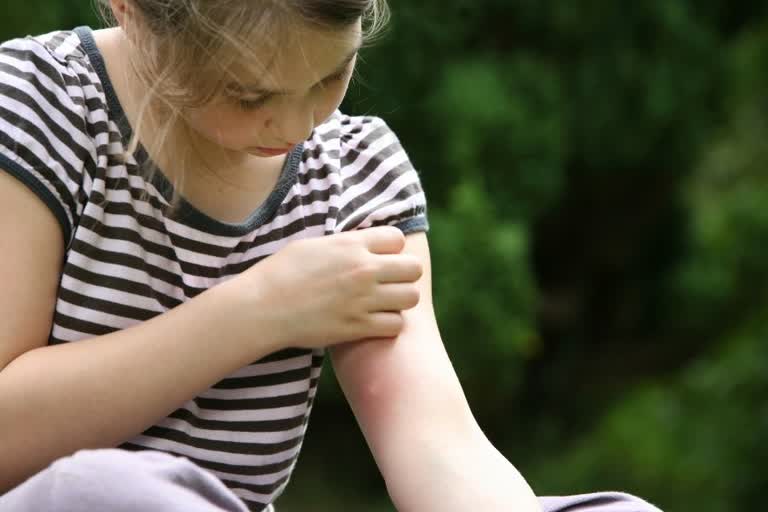A research led by scientists at the University of Washington indicates that Aedes aegypti -- after detecting Carbon Dioxide that we exhale -- flies toward specific colours, including red, orange, black and cyan. At the same time, the mosquitoes ignore other colours, such as green, purple, blue and white.
The researchers believe these findings help explain how mosquitoes find hosts, since human skin, regardless of overall pigmentation, emits a strong red-orange "signal" to their eyes. "Mosquitoes appear to use odours to help them distinguish what is nearby, like a host to bite," said senior author Jeffrey Riffell, Professor of biology at the varsity. "When they smell specific compounds, like CO2 from our breath, that scent stimulates the eyes to scan for specific colours and other visual patterns, which are associated with a potential host, and head to them," he added.
The results, published in the journal Nature Communications, reveal how the mosquito sense of smell -- known as olfaction -- influences how the mosquito responds to visual cues. Knowing which colours attract hungry mosquitoes, and which ones do not, can help design better repellants, traps and other methods to keep mosquitoes at bay.
Earlier three major cues that attract mosquitoes were breath, sweat and the temperature of the skin. "In this study, we found a fourth cue: the colour red, which can not only be found on your clothes but is also found in everyone's skin. The shade of your skin doesn't matter, we are all giving off a strong red signature," Riffell said. "Filtering out those attractive colours in our skin, or wearing clothes that avoid those colours, could be another way to prevent a mosquito biting."
In their experiments, the researchers tracked individual mosquitoes in miniature test chambers, into which they sprayed specific odours and presented different types of visual patterns -- such as a coloured dot or a tasty human hand. Without any odour stimulus, mosquitoes largely ignored a dot at the bottom of the chamber, regardless of colour. After a spritz of CO2 into the chamber, mosquitos continued to ignore the dot if it was green, blue or purple in colour. But if the dot was red, orange, black or cyan, mosquitoes would fly toward it.
When Riffell's team repeated the chamber experiments with human skin tone pigmentation cards -- or a researcher's bare hand -- mosquitoes again flew toward the visual stimulus only after CO2 was sprayed into the chamber. "These experiments lay out the first steps mosquitoes use to find hosts," said Riffell.
(IANS)



